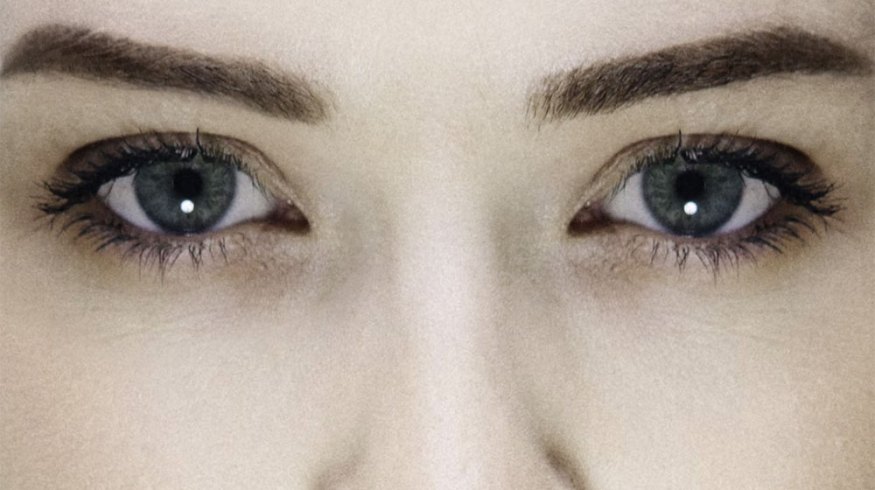
Exploring the Emotion and Beauty Behind Uplighting
Uplighting is a great tool in any DP or gaffer’s tool kit. Let’s look at the main ways uplighting gets used (and misused) in cinematography.
Uplight, or lighting your subject from below, gets a bad rap. people generally consider it unflattering on human faces, and it draws attention to itself in other circumstances.
Uncanny Uplight

Boris Karloff in Frankenstein (1931) via Universal Pictures.
Because we are accustomed to seeing people lit from above by the sun, or from the side by a window, light from below changes the angles and shadows of the face in a way that makes them seem unfamiliar and off-putting. Horror has been using uplight since its first inception because of the disturbing way uplight renders the human face.
There is an uncanniness to the human face when you light it at an extreme angle (from below), that makes it seem less human. DPs and directors use horror uplight in subtle ways, as well. Sometimes we’ll see a character subtly lit from below when we first meet them, foreshadowing their reveal as the villain, later on.
Beauty Uplight

Image via davide bonaldo
It may seem strange that uplight can make the face both ugly and beautiful, but uplighting is also common in beauty lighting as part of what’s known as “Clamshell Lighting.” It gets its name from two similarly weighted lights in a top-and-bottom (or “clamshell”) arrangement. The top can sometimes be a stop brighter than the uplight, or they are evenly balanced. The important thing is to light the face evenly, which hides any imperfections and smooths the face to make it look flawless.
Emotional Uplighting
Beauty lighting often uses a light bounced into a white or silver reflector to make the uplight less obvious, but you can also use a hard source that’ll be visible in the subject’s eye. The advantage of the “direct source” method is that you see a bright reflection in the eye of the uplight. If you use a circular light, such as a small beauty dish, it gives the subconscious impression of a tear in the bottom of the subject’s eye, making them seem emotionally vulnerable.
This can be hard to pass off as a natural, motivated lighting effect, but it can sometimes be worth it. Laptop screens or car dashboards are a good way to motivate it.
Fill Uplight
A final way to use uplight to further improve your lighting is as a fill light, with traditional top three-point or Rembrandt lighting. Filling from below can be a good way to add a subtle uneasiness to a scene. One method that has been showing up more and more in Hollywood BTS is placing a fill light on the bottom of the matte box. And, you can be sure it’s never going to show up in the shot because it’s attached to the camera.
However you use uplight, you can be certain it’s going to make your shots more interesting.
Looking for more cinematography tips and tricks? Check these out.
- Exciting New Prospects for Lighting Your Future Set
- 3 Unusual Camera Angles to Liven up Your Dialogue Scenes
- Tips for Getting the Smoothest, Most Reliable Handheld Footage
- Use This Cheap Trick To Light a Daylight Interior Car Scene
- Three Quick Tips For Filming In The Midday Sun Without Diffusion Tools





